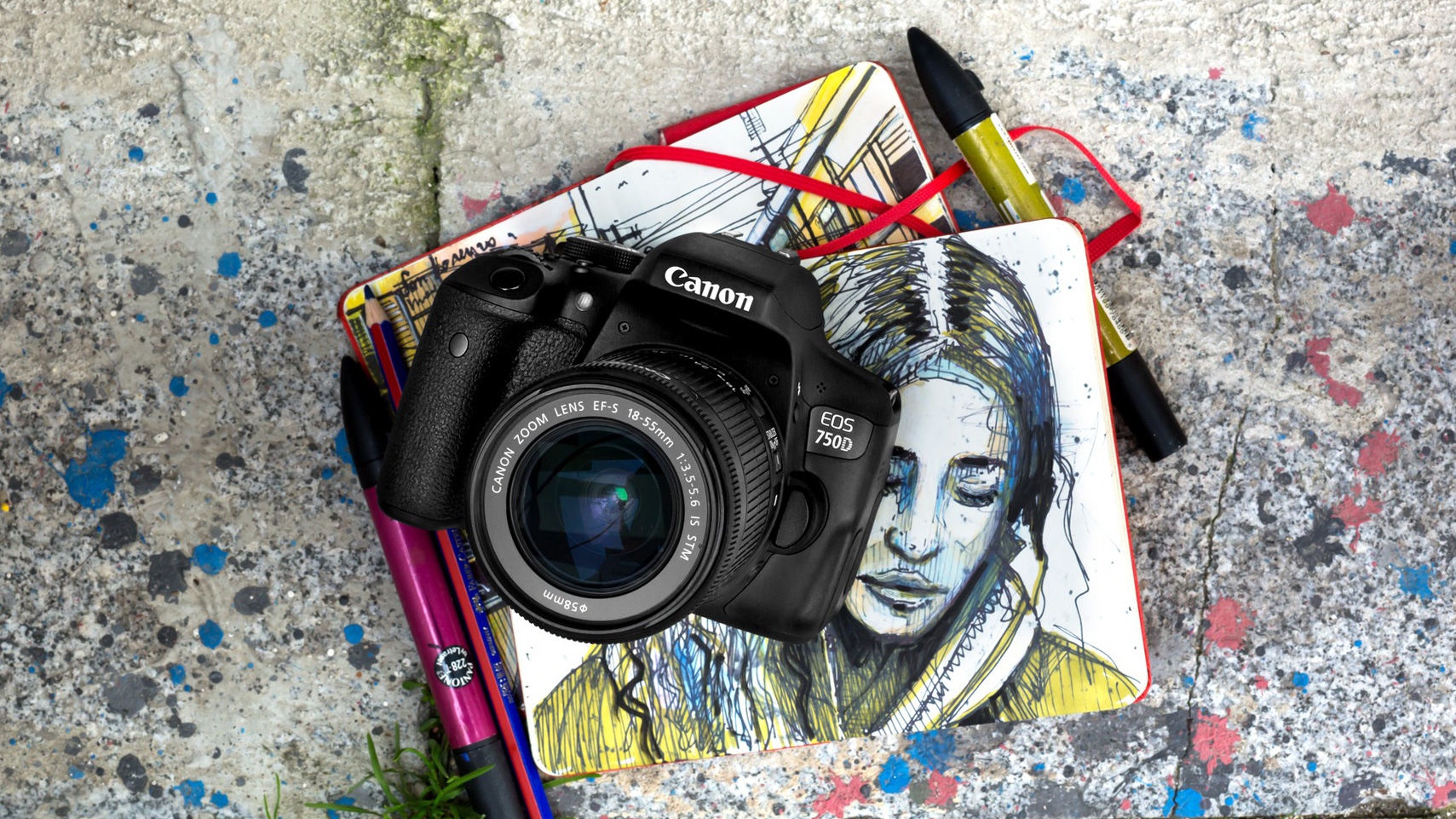Why you can trust TechRadar
Performance
- 5fps burst shooting
- Exposure weighted towards active AF point
- 440 shot battery life
The EOS Rebel T6i / EOS 750D can also shoot continuously at up to 5fps. This may not seem fantastic by current standards, but it's still very useful when shooting sport. Plus, the burst depth has been increased from the 30 JPEG or 6 raw files of the Rebel T5i / 700D to a whopping 940 Large/Fine JPEGs or 8 raw files.
A dedicated 7,560-pixel RGB and Infra Red (IR) sensor is provided for measuring exposure when the viewfinder is in use. As with the T5i's iFCL metering system, these pixels are grouped into 63 segments (9x7) with the usual options of Evaluative, Centre-weighted, Partial and Spot metering. However, the partial (6.0% of viewfinder) and Spot (3.5% of viewfinder) coverage is a little more precise than in the T5i / 700D (9% and 4% respectively) and pixels on the sensor each have their own RGB-IR filter and are read independently.

This is a similar system to the one in the excellent EOS 7D Mark II and Canon claims it's more accurate than the T5i's with improved colour detection. However, it's worth remembering that even in Evaluative mode the metering is linked to the AF points, so the brightness of the subject could have an impact upon overall exposure.

Image quality
- ISO100-12,800, expandable to 100-25,600
- Huge jump in image quality from the T5i / 700D
- Pleasing skin tones
The level of detail in images is a huge leap up from that from the T5i / 700D, but noise levels are about the same despite the extra 6 million pixels on the sensor.
Viewed at 100% on-screen, the EOS Rebel T6i / EOS 750D's high sensitivity JPEGs look softer than simultaneously captured raw files, but even at ISO12,800 some look good at around A3 size (16 x 12 inches).
As usual, when all noise reduction is turned off the raw files have more visible noise at 100%, but it's fine grained and there's no banding, so it's possible to produce images that have a bit more 'bite' than the JPEGs.
Chroma noise only really becomes obvious at 100% in raw files captured at ISO1600 and above (when all noise reduction is turned off). Meanwhile the softening of detail that tends to go hand-in-hand with noise reduction in the default settings becomes apparent at 100% in JPEGs captured at ISO3200, though it's not really an issue until ISO12,800.

Current page: Performance and image quality
Prev Page Build, handling and AF Next Page Verdict and competitionPhil Hall is an experienced writer and editor having worked on some of the largest photography magazines in the UK, and now edit the photography channel of TechRadar, the UK's biggest tech website and one of the largest in the world. He has also worked on numerous commercial projects, including working with manufacturers like Nikon and Fujifilm on bespoke printed and online camera guides, as well as writing technique blogs and copy for the John Lewis Technology guide.

